How to Build a Bird-Friendly Garden with Plants and Features
Bringing more birds into your garden does more than just add color and song. It creates a sense of liveliness and peace, making your outdoor space feel relaxing. Birds are drawn to places where they feel safe, can find food, and have access to water. With just a few simple changes, you can turn your yard into a regular stop for feathered visitors.
Birds add a different kind of charm to any garden. Their songs make mornings more pleasant, and watching them fly around adds a fun, calming activity. When you create a space that birds enjoy, you’re also helping the local wildlife. It’s a small but meaningful way to give back to nature.
This post may contain affiliate links, which helps keep this content free. Please read our disclosure for more info.
Why Birds Are Important in Your Garden
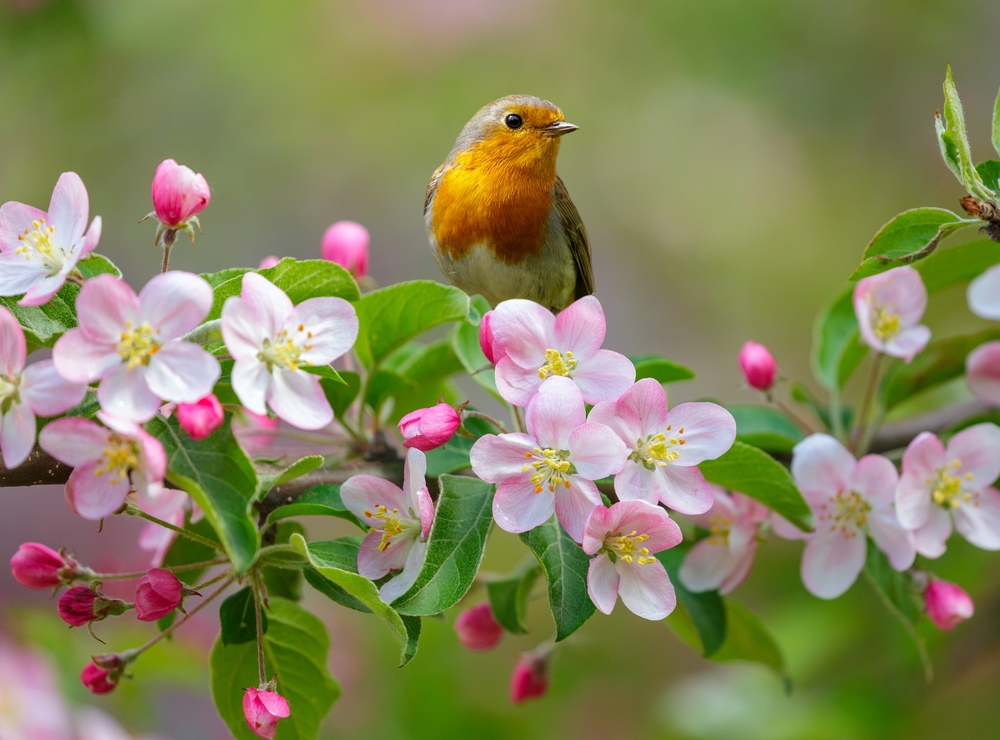
Birds play a quiet but steady role in keeping your garden healthy. Many species feed on insects, which helps cut down on the pests that can damage your plants. Others help with pollination as they move from flower to flower. Without even realizing it, they’re doing a lot of the hard work for you.
Having a variety of birds also means you’re supporting a more balanced environment. They help keep different parts of the garden in check by feeding on bugs, weeds, and even small rodents. The more you welcome them, the more your space becomes a home for different creatures, which is a good thing for everyone.
Selecting the Right Plants to Attract Birds
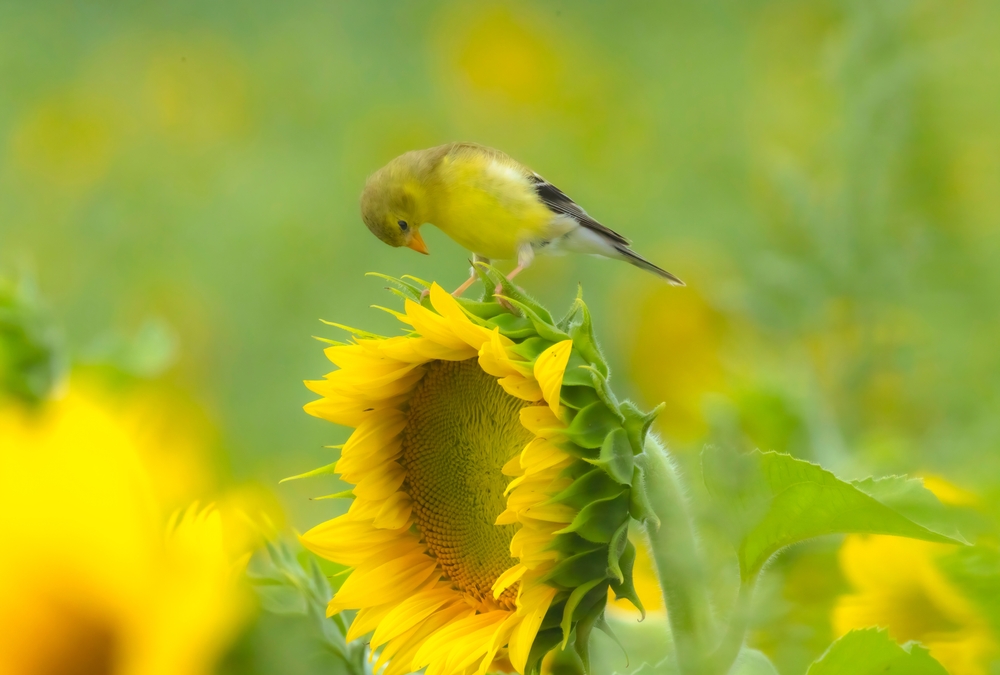
Native plants are your best bet when it comes to drawing in local birds. They’re already familiar with the plants they’ve grown up around, and native plants are more likely to provide the food and shelter they need.
Non-native plants might look nice, but they don’t always offer much value for wildlife. If you’re hoping to see specific types of birds, the right plant can make a difference.
- Finches love sunflowers and coneflowers
- Hummingbirds go for bee balm and salvia
- Thrushes and waxwings flock to elderberries and hawthorn
- Sparrows and chickadees enjoy seed-bearing plants like asters
Try planting with the seasons in mind so there’s always something blooming or fruiting. A mix of flowers, grasses, and shrubs gives birds something to enjoy year-round.
Water Features: A Must-Have for Birds
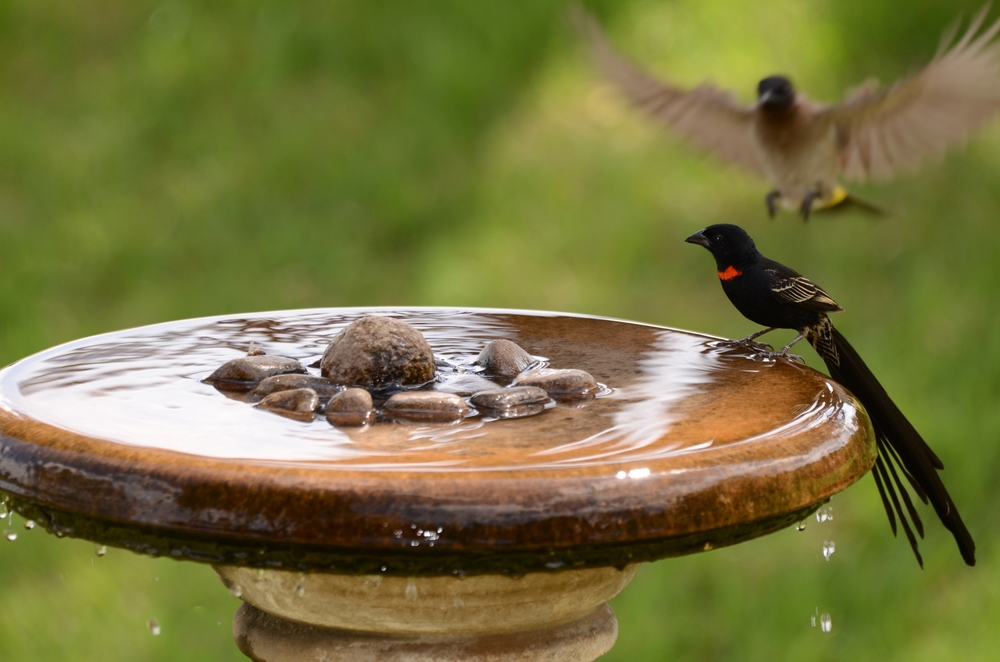
Birds need water just as much as they need food, especially in the warmer months. A garden with a clean water source will always be more attractive to them. Whether it’s a small birdbath or a larger pond, birds will appreciate a spot to drink and bathe.
Follow these tips when adding a water bowl or fountain to your garden.
- Use shallow water with sloped edges
- Clean and refill the water often
- Add a small pump or dripper for gentle movement
The sound of moving water draws in birds and gives your garden a peaceful feel. Even a simple dish of water in a quiet spot can make a big difference.
Birdhouses and Shelters: Providing Safe Spaces
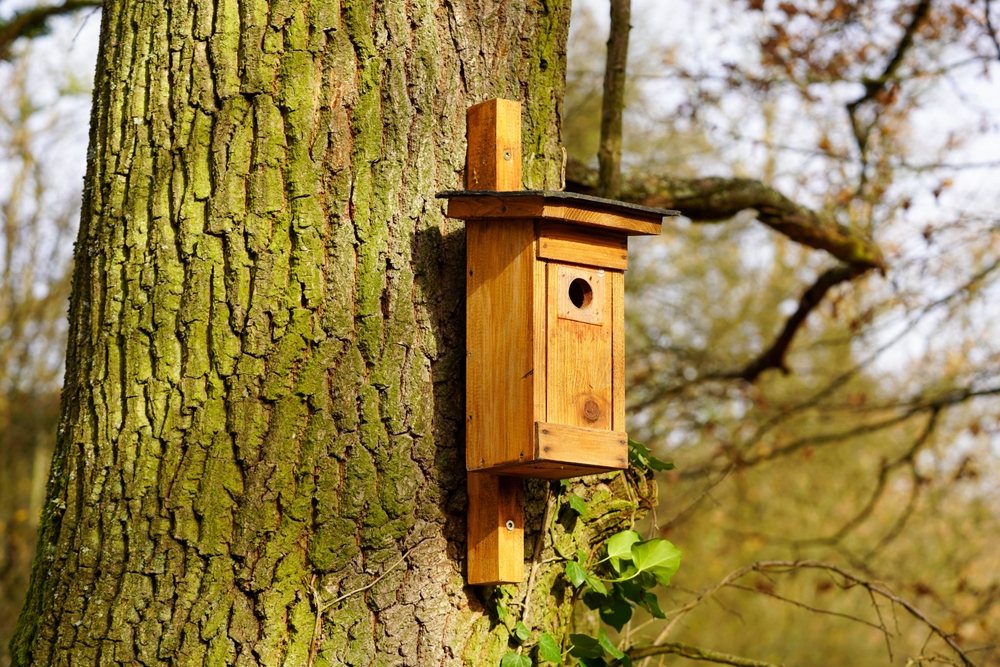
Besides food and water, birds need places to nest and hide. A well-placed birdhouse can make all the difference, especially during spring and early summer. Make sure it’s the right size for the kind of bird you want to attract and keep it away from heavy foot traffic.
Thick shrubs, evergreen trees, and patches of tall grass can all serve as natural shelters. These are especially helpful in winter when birds need protection from wind and cold. The more hiding spots they have, the more likely they are to stick around.
Providing Food for Birds: Essential Considerations
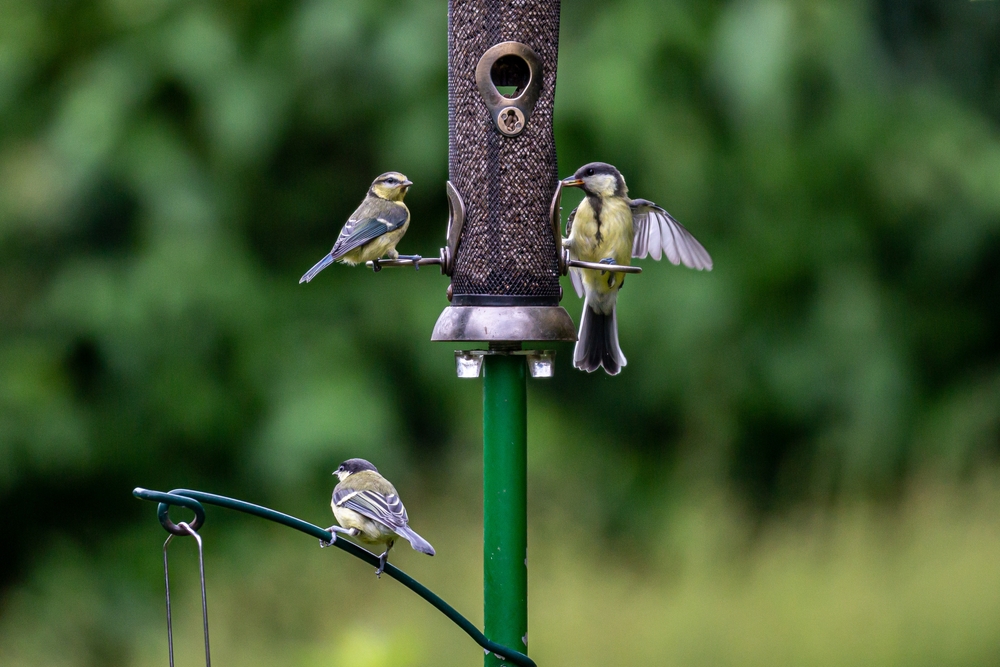
Feeders are one of the easiest ways to bring birds into your garden. Different styles attract different birds.
- Tube feeders work well for finches and chickadees
- Platform feeders attract cardinals, doves, and sparrows
- Suet feeders bring in woodpeckers and nuthatches
Good seed choices include sunflower seeds, thistle, and millet. Avoid offering bread, chips, or anything salty. Make sure to place feeders in a quiet spot with nearby branches or shrubs, and clean them regularly to keep birds healthy.
Natural Pest Control: How Birds Help Your Garden
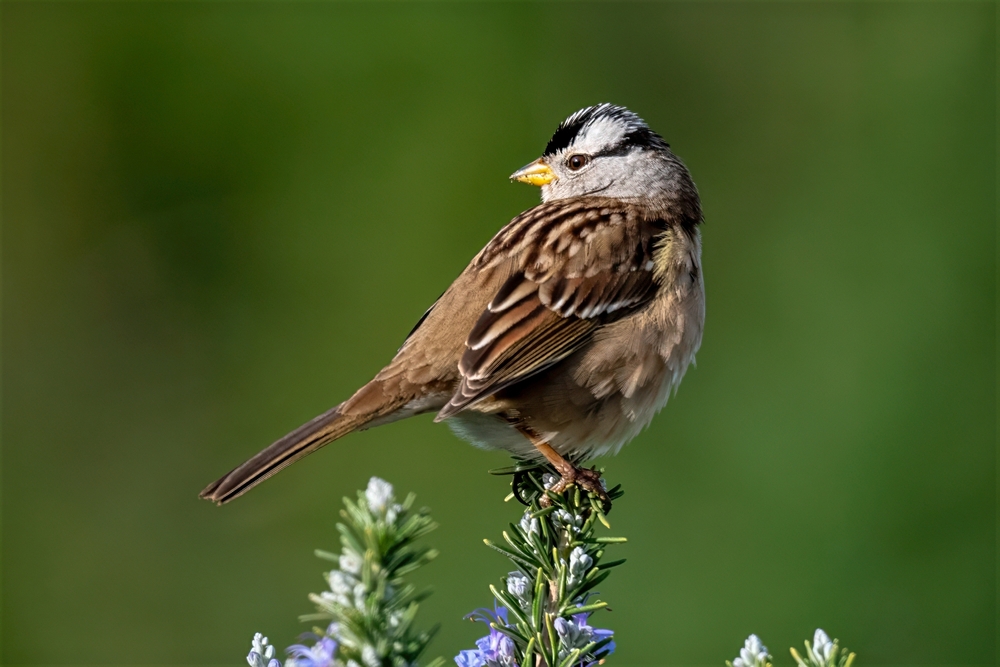
One of the best things about having more birds around is that they take care of pests for you. Wrens, chickadees, and sparrows love to snack on beetles, caterpillars, and other bugs that might be munching on your plants. You’ll probably notice fewer chewed leaves once the birds settle in.
Some birds also help spread seeds, especially those that eat berries and fruit. As they move around your yard, they drop seeds here and there, which can lead to new plants popping up. It’s one more way birds quietly support your garden without making a lot of effort.
Creating a Bird-Friendly Garden Design
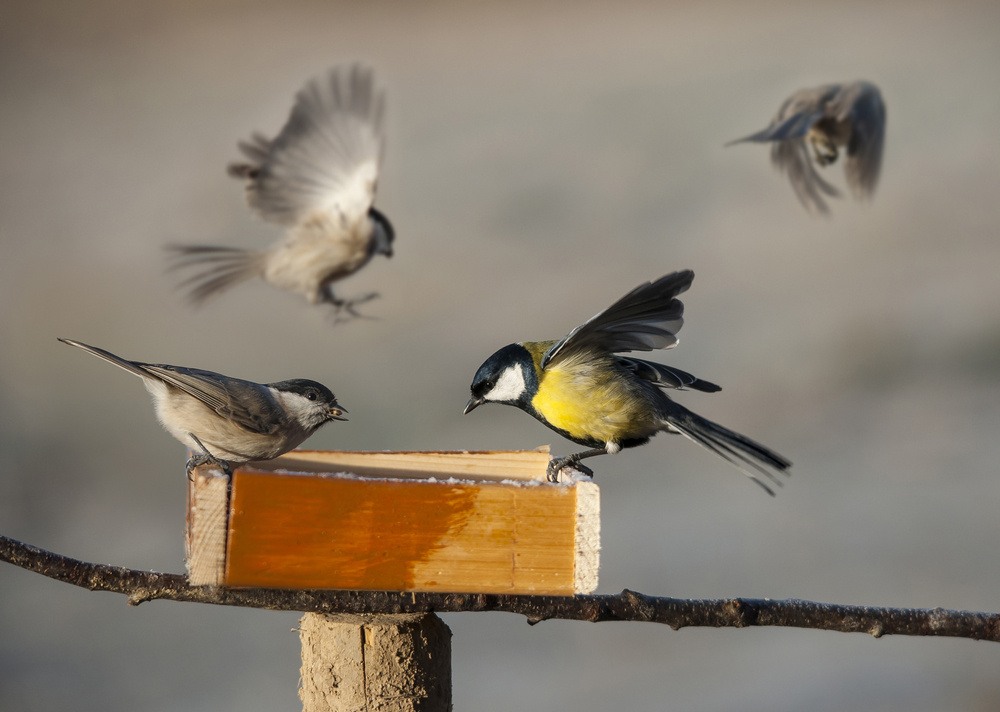
You don’t need to start from scratch to make your garden more inviting. Just tuck in bird-friendly features around what you already have. Add a few berry bushes here, a birdbath there, and maybe a patch of wildflowers in a sunny corner.
- Ground covers and flowers for foraging
- Shrubs for shelter and nesting
- Trees for roosting and protection
Even if you’re short on space, use containers, wall planters, or vertical gardens. A small patio or balcony can still be bird-friendly with the right touches.
Maintaining a Bird-Friendly Garden
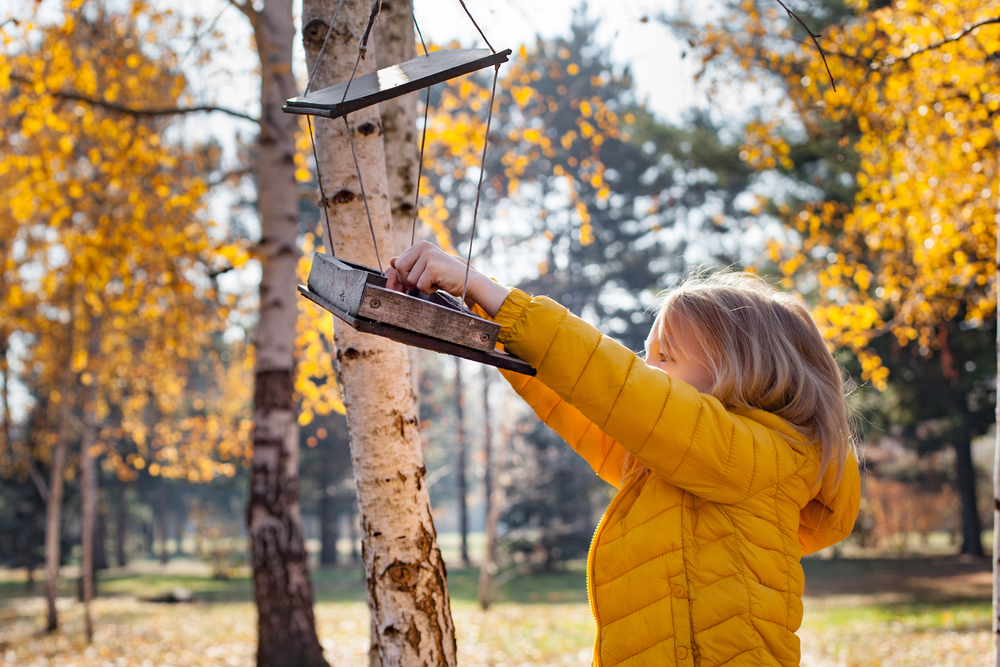
Once you’ve set things up, it’s mostly about keeping everything in good shape. Trim plants when needed, clean out birdhouses after nesting season, and refresh food and water regularly. A little upkeep goes a long way.
You might run into some trouble with squirrels or pests at the feeders, but there are ways to deal with that. Use baffles, try different feeder styles, or adjust placement. Pay attention to which plants and features birds use the most so you can add more of what works.
With a few simple changes, you can turn your yard into a favorite spot for birds. Plant the right things, offer water, add some feeders, and keep it all well cared for. The reward is a garden full of birdsong, movement, and life.
Making your garden bird-friendly isn’t just good for the birds. It’s a peaceful, rewarding way to enjoy nature right outside your door. Once you start noticing more feathered visitors, you’ll be glad you made the effort.
This article originally appeared on Avocadu.
